Pranayama Techniques
Mastering Breath Control: Pranayama Techniques for Better Health
Breath control, also known as pranayama, is an essential aspect of yoga and meditation practices. By mastering pranayama techniques, you can enhance your physical well-being, mental clarity, and emotional balance. Here are some effective techniques to help you improve your breath control:
1. Diaphragmatic Breathing
Also called belly breathing, diaphragmatic breathing involves deeply inhaling through your nose, allowing your diaphragm to expand fully. This technique helps improve oxygen flow and promotes relaxation.
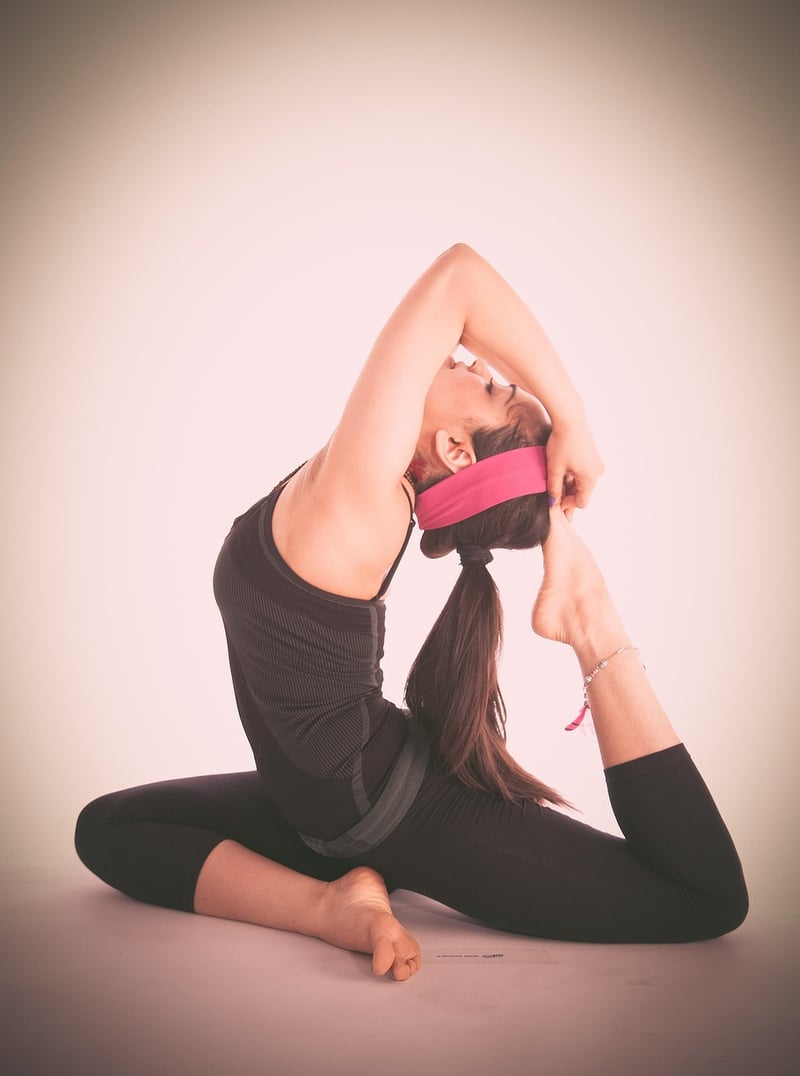
2. Nadi Shodhana (Alternate Nostril Breathing)
Nadi Shodhana is a pranayama technique that involves breathing through alternate nostrils. This practice helps balance the two hemispheres of the brain, reduce stress, and enhance focus.
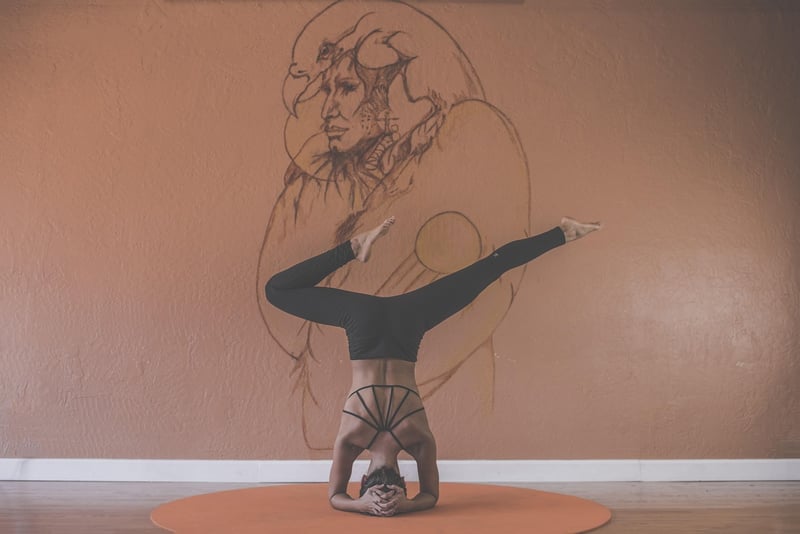
3. Kapalabhati Breathing
Kapalabhati breathing involves rapid, forceful exhalations followed by passive inhalations. This technique helps cleanse the respiratory system, increase energy levels, and improve mental alertness.
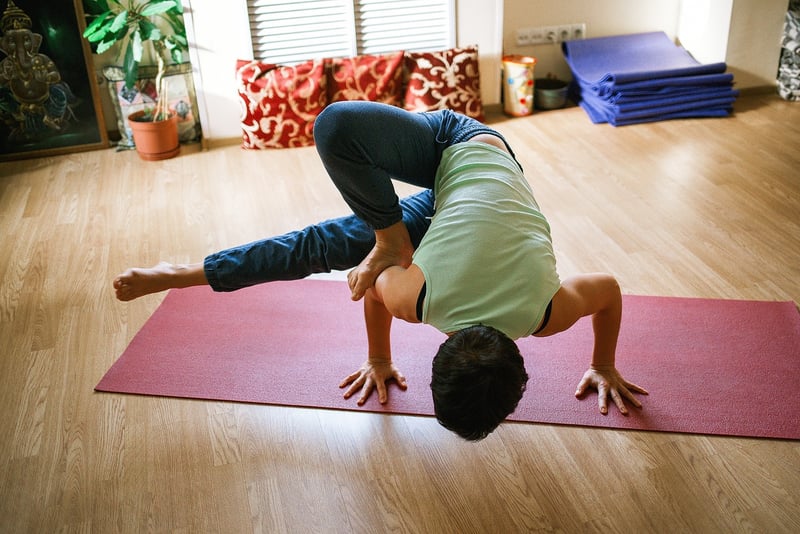
4. Ujjayi Breathing
Ujjayi breathing, also known as ocean breath, involves breathing slowly and deeply through the nose while slightly constricting the back of the throat. This technique promotes relaxation, improves concentration, and warms the body.
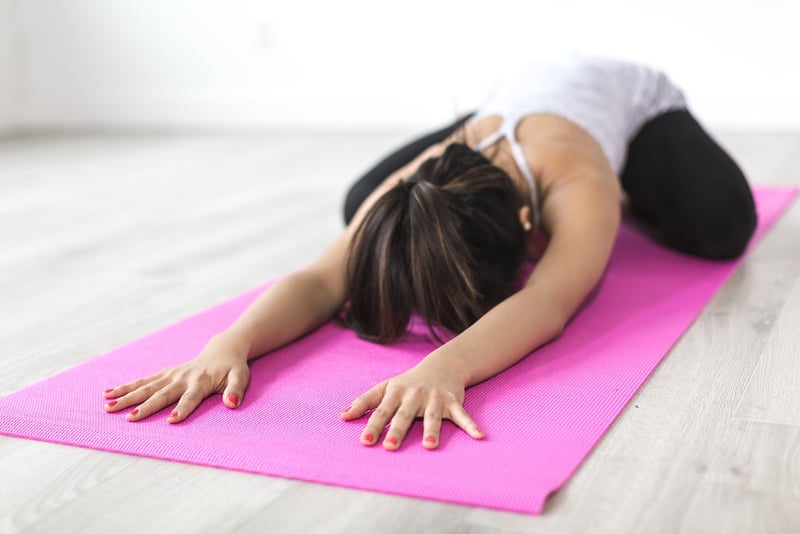
5. Bhramari Pranayama (Bee Breath)
Bhramari pranayama involves inhaling deeply and exhaling while making a humming sound like a bee. This practice helps calm the mind, reduce anxiety, and improve focus and memory.
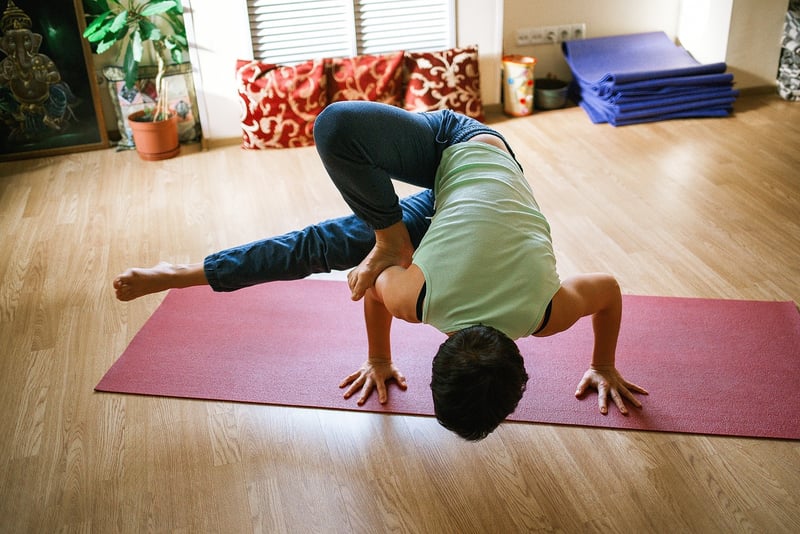
By incorporating these pranayama techniques into your daily routine, you can experience a wide range of benefits for your overall well-being. Remember to practice under the guidance of a qualified instructor to ensure proper technique and maximize the benefits.
